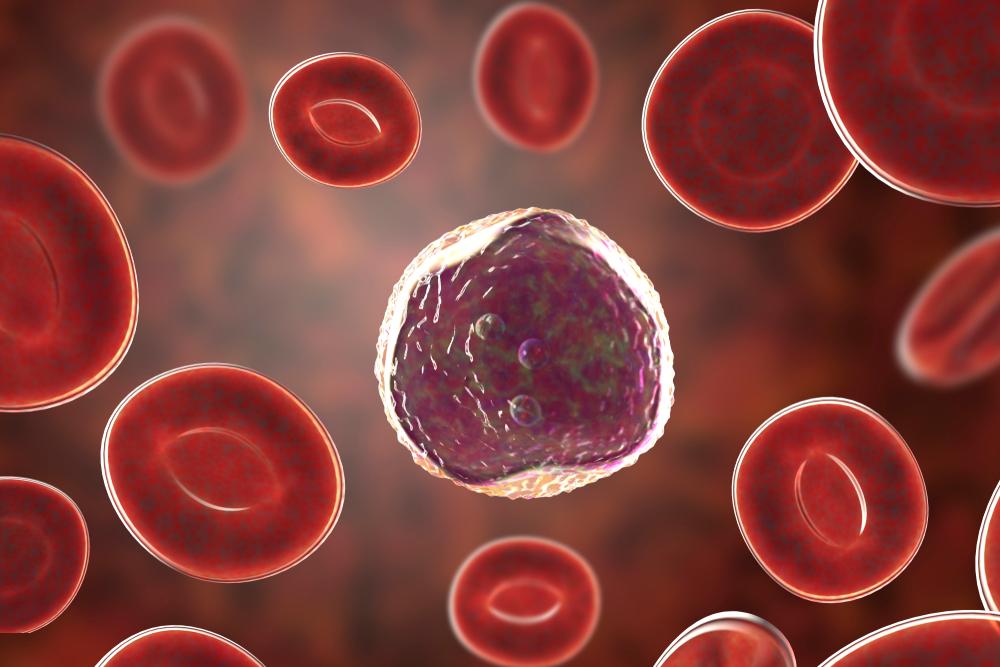Role of Nelarabine injection in the treatment of T-cell acute lymphoblastic leukemia and T-cell lymphoblastic lymphoma
Cancer is a word no one wants to hear, especially when it comes to children. Among the many types of cancer, T-cell acute lymphoblastic leukemia (T-ALL) and T-cell lymphoblastic lymphoma (T-LBL) are two serious conditions that affect the blood and lymphatic system. But there’s hope, especially with new treatments like Nelarabine 250 mg/50 mL (5 mg/mL) injection. Let’s understand these 2 diseases and how the therapeutic drug Nelarabine helps.
What Are T-ALL and T-LBL?
T-cell Acute Lymphoblastic Leukemia (T-ALL) and T-cell Lymphoblastic Lymphoma (T-LBL) are cancers of the blood and immune system. They occur/start in the T-cells, a white blood cell (WBC) that helps fight infections.
- T-cell Acute Lymphoblastic Leukemia (T-ALL): This cancer starts in the bone marrow, where blood cells are made. It causes immature T-cells to multiply uncontrollably, crowding out healthy cells. This leads to problems like anemia, infections, and easy bruising or bleeding.
- T-cell Lymphoblastic Lymphoma (T-LBL): This is very similar to T-ALL but develops in the thymus or lymph nodes. It causes swollen lymph nodes, especially in the chest, and can also spread to other parts of the body.
Signs and Symptoms:
T-cell Acute Lymphoblastic Leukemia (T-ALL) and T-cell Lymphoblastic Lymphoma (T-LBL) can present with a variety of symptoms including:
- Fatigue
- Fever
- Easy bruising or bleeding
- Bone or joint pain
- Swollen lymph nodes
- Frequent infections
- Shortness of breath (if the chest is involved)
Causes:
The exact cause of T-ALL and T-LBL is unknown, but they are believed to result from genetic mutations. These mutations can happen spontaneously or be inherited from parents. Certain genetic disorders and exposure to high levels of radiation or certain chemicals can also increase the risk.
Diagnosis:
Healthcare professionals use several tests for the diagnosis of T-cell Acute Lymphoblastic Leukemia (T-ALL) and T-cell Lymphoblastic Lymphoma (T-LBL):
- Blood Tests: To check for abnormal blood cell counts.
- Bone Marrow Aspiration/Biopsy: To look for cancer cells in the bone marrow.
- Imaging Tests: Such as X-rays or CT scans to see if cancer has spread.
- Lumbar Puncture: To check if cancer cells are present in the cerebrospinal fluid.
Role of Nelarabine:
Nelarabine injection, supplied under the brand names Arranon and Atriance and generically as Nelabin, is a newer therapeutic option that has shown promise for individuals with T-ALL and T-LBL, especially for those who have not responded well to other treatments. This medication comes as an injection: 250 mg/50 mL (5 mg/mL) single-dose vial for intravenous (IV) use.
How Nelarabine Works: It is a type of chemotherapy drug that specifically targets T-cells. The medication works by interfering with the DNA of cancer cells, which prevents them from growing and dividing. This makes it particularly promising against T-cell cancers like T-ALL and T-LBL.
Benefits of Nelarabine:
- Targeted Action: Nelarabine injection is designed to specifically target and kill T-cells. It gets incorporated into the DNA of these cells and disrupts their growth, leading to cell death.
- Effective for Relapsed Cases: It’s particularly useful for individuals whose cancer has come back (relapsed) or who haven’t responded well to other treatments.
- Improved Survival Rates: Studies have shown that the treatment with Nelarabine 250 mg/50 mL (5 mg/mL) can improve survival rates in individuals with T-ALL and T-LBL.
Administration and Side Effects: The medicine Nelarabine injection is administered through an intravenous (IV) line, usually in a hospital setting. The exact schedule and dosage depend on the patient’s age, weight, and overall health.
Like all cancer treatments, it can have side effects. Common ones include nausea, vomiting, fatigue, and changes in blood counts. It’s crucial to monitor for signs of nerve damage, such as numbness or tingling in the hands and feet, which is a known side effect.
Affordable Access to Nelarabine injection:
Indian Generic Medicines (IGM) is dedicated to providing high-quality generic medications at the best prices. We understand that cancer treatment can be expensive, and sourcing affordable medication is crucial for many patients and their families. IGM offers generic Nelarabine injection, which is a cost-effective alternative to the brand-name drug without compromising on quality.
Contact us today via Call/WhatsApp: +91 8130290915 to learn more about how we can assist you in sourcing generic Nelarabine injection at the best price from India.
Conclusion:
T-ALL and T-LBL are serious cancers, but advances in treatment, like Nelarabine, offer new hope. This novel therapeutic drug targets cancerous T-cells and can be particularly effective for those who haven’t responded to other treatments. If you or a loved one is facing these diagnoses, it’s important to work closely with a healthcare team to understand all available treatment options, including the potential benefits of Nelarabine injection. Together, with informed decisions and compassionate care, we can tackle these challenging diseases and improve outcomes for patients.
References:
https://www.sciencedirect.com/topics/medicine-and-dentistry/nelarabine
https://www.ema.europa.eu/en/medicines/human/EPAR/atriance
https://www.cancer.gov/news-events/cancer-currents-blog/2018/leukemia-nelarabine-improves-survival


